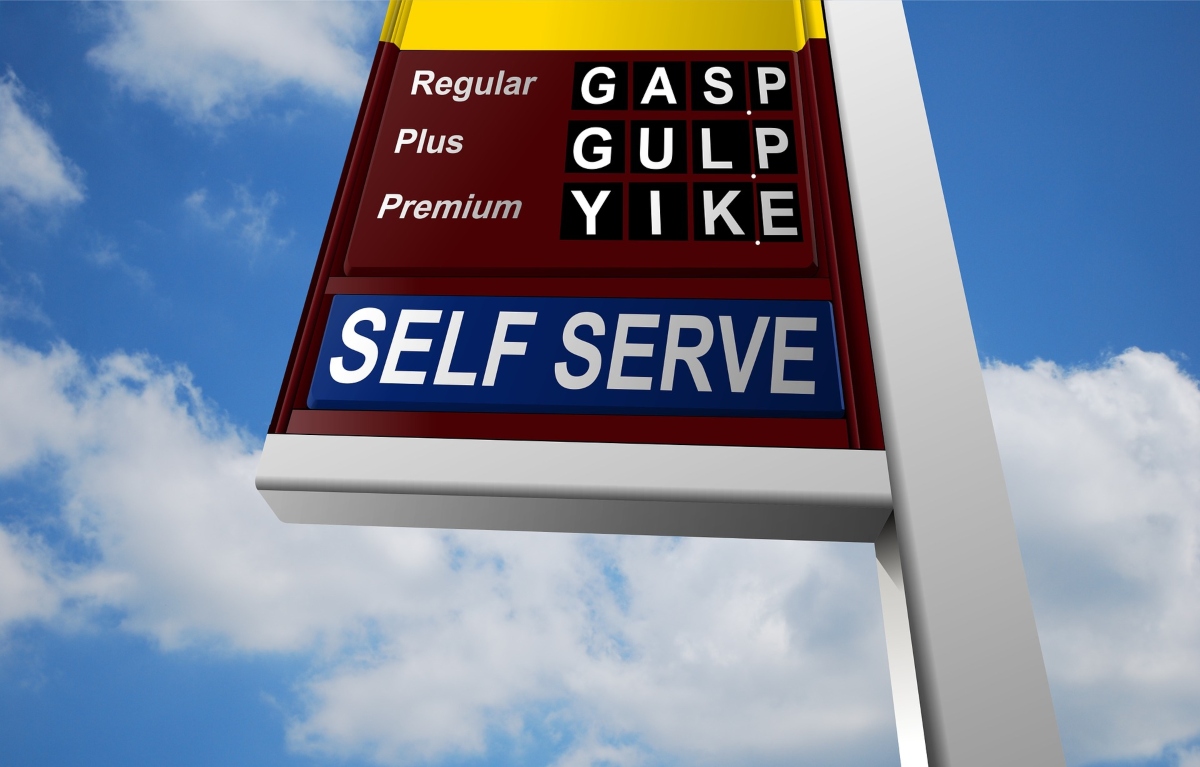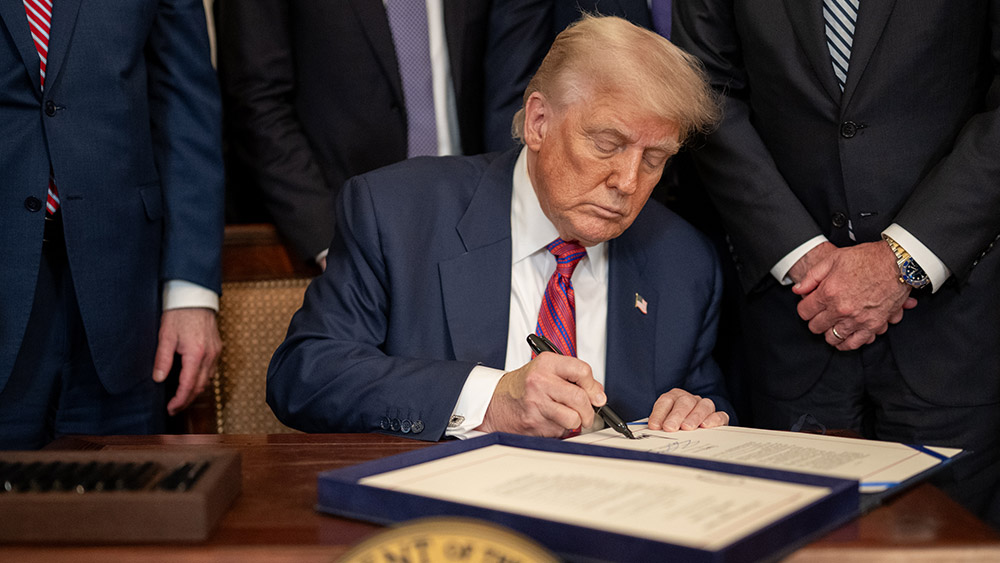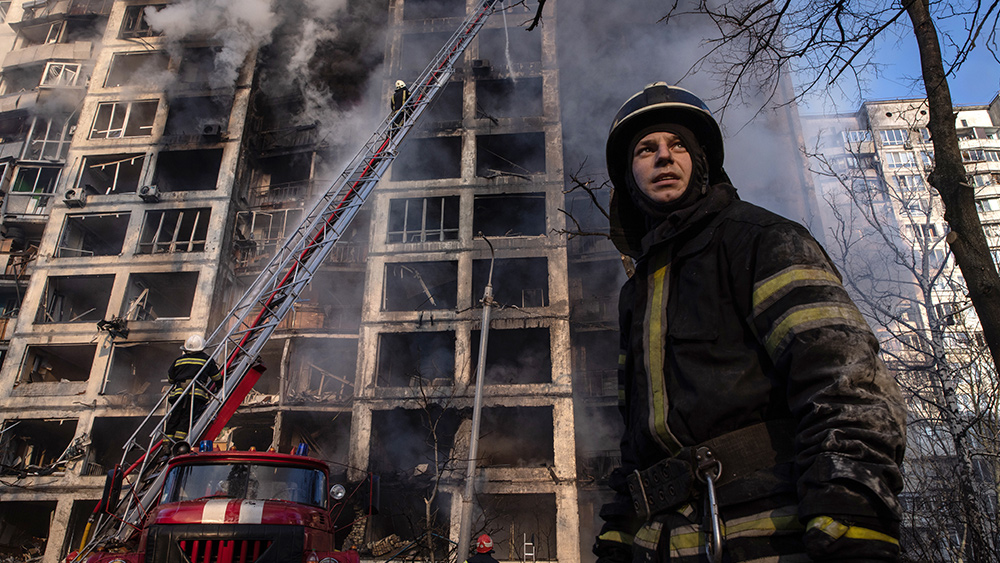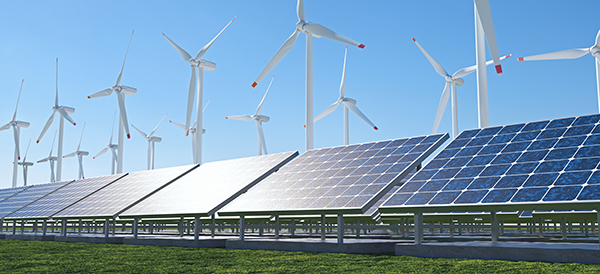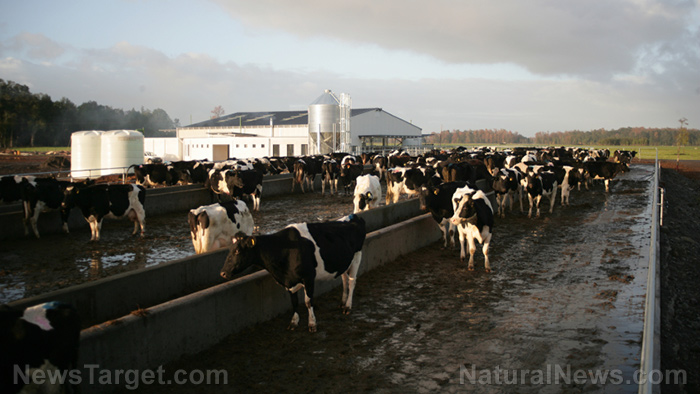Inflation and Biden economic policies forcing more Americans to turn to food banks
By arseniotoledo // 2022-02-02
Tweet
Share
Copy
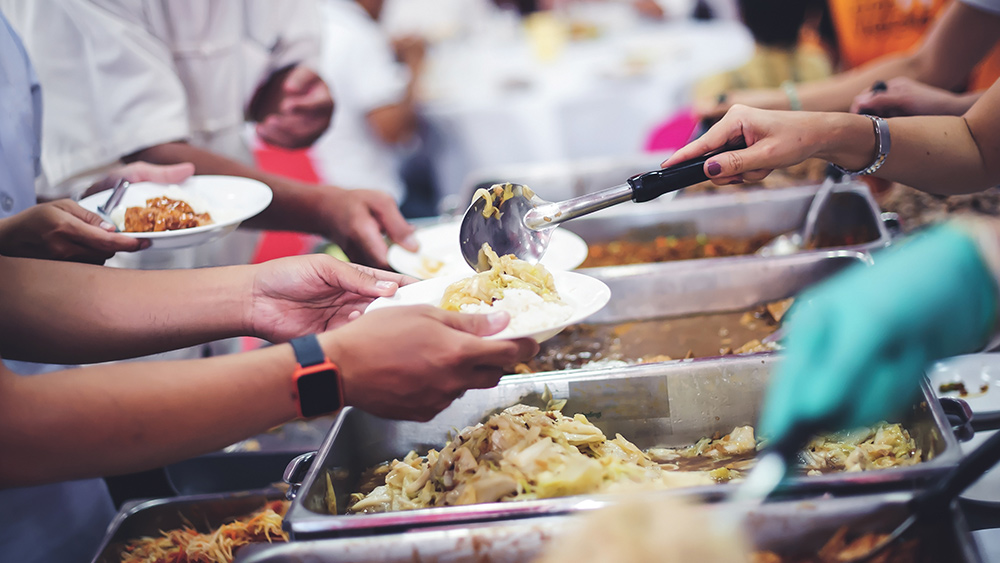
The inflationary crisis caused by the disastrous economic policies President Joe Biden's administration has forced more Americans to turn to food banks and other hunger-relief organizations.
The entire country is experiencing its fastest inflationary surge in nearly four decades. The prices for everyday goods, including food, have gotten more expensive – 6.3 percent more expensive than they were a year ago on average, according to the latest data.
Since wages aren't increasing in the same way, more Americans are having difficulty juggling all of their necessary monthly expenses. (Related: 'My shelves are bare': Biden's failure to control inflation is wrecking America's food banks.)
According to Feeding America, a nonprofit network of more than 200 food banks, hunger in the United States was at an all-time low before the Wuhan coronavirus (COVID-19) pandemic. The disastrous economic policies instituted because of the pandemic are likely to reverse the strides made over the years.
Earlier estimates for 2021 predict that as many as 42 million Americans, including 13 million children, will experience hunger as a result of the economic restrictions instituted during the pandemic.
"Inflation impacts families on a fixed budget," said Claudia Keller, CEO of Second Harvest Food Bank in Orange County, California. "For a family, the most fungible part of your budget, the part you can cut back on, is food."
According to Keller, the rising cost of food has also impacted Second Harvest's bottom line. This hurts the food bank's ability to provide food.
"Compounding that is our commitment to provide eggs, milk and protein, which are seeing some of the greatest impact from inflation," said Keller.
"People who had gotten out of the line are now coming back in," said Mike Manning, CEO and president of the Greater Baton Rouge Food Bank in Louisiana, a food bank that serves people in 11 parishes.
Manning pointed out that the rising price of gas has affected many families in the areas the food bank serves. It has become especially difficult for lower and middle class families who spend a larger share of their monthly income on gas. "It's affecting their ability to put food on the table."
"COVID has put many more people into our food lines, many who'd never been in a food line before," said Keller. "As we come back, there's a mix of people still in precarious situations."
Food banks unable to serve so many Americans
Congress is expected to give around $2 billion to emergency food assistance programs this year. Feeding America wants the federal government to give $900 million more to provide for the increased number of Americans seeking aid from food banks. Vincent James, CEO of Dare to Care, which provides food for people dealing with food insecurity in Kentuckiana, said it now has to serve 175,000 more people – a 20 percent increase compared to pre-pandemic levels. "At one time prior to the pandemic, we were able to purchase food well below retail cost," said James. "But because of the supply chain issues and inflation, now it's close to retail purchasing. So, that means we're now having less product go out for the same dollar amount that we had budgeted for." The Laguna Food Pantry in Laguna Beach, California, provides free food in "this charming little grocery-store type setting," according to executive director Anne Belyea. Before the pandemic, it would cater to roughly 80 to 100 people a week. That number has since risen to about 150 people each day. In 2019, the pantry provided the city with 23,000 grocery pickups. That number has since doubled to 43,000 in 2021. Many of these food banks are also struggling to find enough volunteers to prepare and hand out food. Eric Saunders, executive director of New Hope Ministries, a Christian social service organization in Pennsylvania, is struggling with volunteer and staffing shortages. "I think we're down by sometimes as much as 30 to 50 percent the number of volunteers we had pre-pandemic," said Saunders, who is also struggling to fill New Hope's paid positions. Before the labor shortages, he would receive dozens of applications for each job opening. Now, he said he is lucky to get 10. Belyea noted that many of her former volunteers and sponsors are now the people falling in line to receive food from her pantry. "We hear over and over, people who donated their time, donated their money, and now they're in that line," said Belyea. "People have said, 'I've driven by, I've driven by and I couldn't stop. It's because of my children that I finally did.'"More related stories:
Global organizations predict mass starvation amid historic rises in fertilizer, farm production costs thanks to out-of-control inflation. Survey finds most global CEOs expect inflation to last through 2023 and beyond. Want to protect your assets against inflation? Consider owning precious metals like gold and silver. Farmers are reducing how much food they produce due to surging fertilizer prices. Supply chain crisis disrupts operations of food banks. Listen to this episode of the "Health Ranger Report," a podcast by Mike Adams, the Health Ranger, as he talks about how the coming food scarcity can be used as an opportunity to awaken millions. This video can be found on the Health Ranger Report channel on Brighteon.com. Learn more about the surge in food prices that are affecting millions of Americans at Inflation.news. Sources include: CBSNews.com Local21News.com WHAS11.com Brighteon.comTweet
Share
Copy
Tagged Under:
collapse economy food collapse food banks hunger starvation food supply economics panic charity chaos products inflation grocery Joe Biden supply chain food systems supply chain crisis mass hunger
You Might Also Like
No let-up: Inflation in the US expected to get worse
By Mary Villareal // Share
Industrial shutdown: Omicron variant detected in Chinese industrial city
By Mary Villareal // Share
The cost of living in the United States is rising to absolutely absurd levels
By News Editors // Share
U.S. bans Mexican avocado imports after inspector reportedly threatened by drug cartel
By Cassie B. // Share
Recent News
U.S. brands Colombia's dominant drug cartel a foreign terrorist organization
By bellecarter // Share
Trump extends travel BAN to Palestinians and five other countries
By ramontomeydw // Share
U.K. military chief warns of potential war with Russia, calls for national preparedness
By bellecarter // Share
